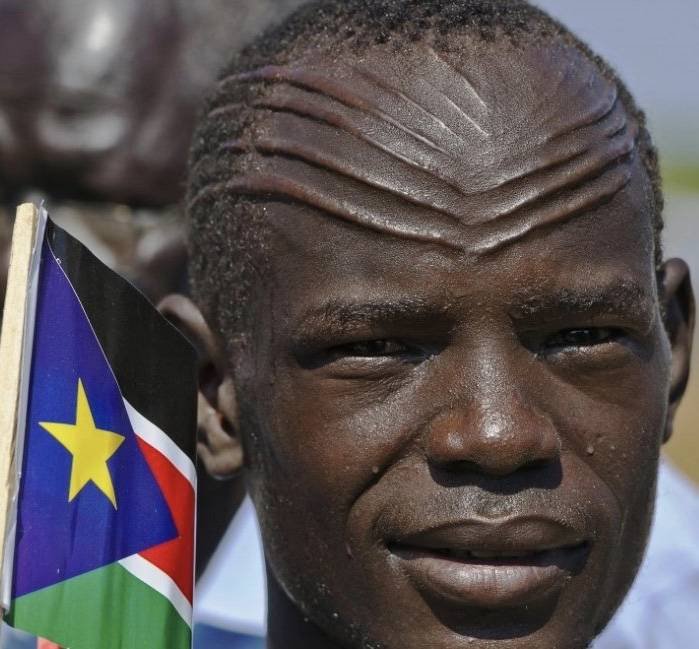In the ancient to the medieval times in Africa, tribal marks are basically used as identity of ethnicity/tribe during war. It is an indicator of the ancestral root of an individual even without prior communication. However, intentional scarification on the face may not be appealing to some, nevertheless, it is a rite of passage and a sign of beauty to others.
Meanwhile, many child rights activists have raised eyebrow at the ancient act, whereby, tagging it as a despicable act of child mutilation and an harbinger of low self-esteem in today’s children. Here is an explanation of some African tribal marks and their meanings.
Yoruba tribal marks
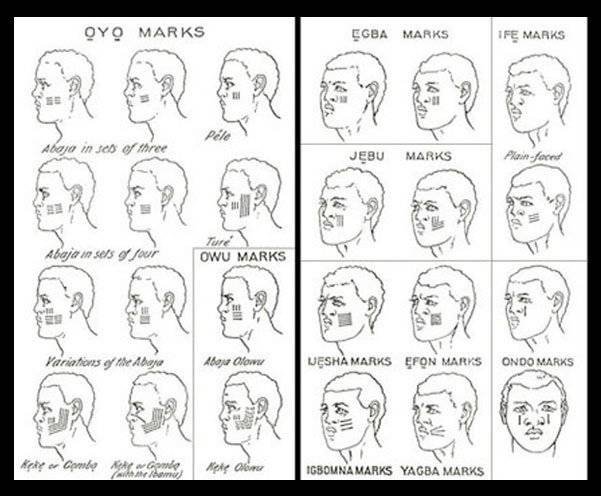
In Yoruba communities, children are born into particular clans. Facial marks determine what rights the person has to contribute to the well-being of the clan such as leadership. The style and location of the markings determine which tribe the child belongs to.
Nevertheless, it is important to note that though these traditions have a significant meaning, they are becoming less important in many tribes especially because it is done at an early age.
Some countries are beginning to impose fines and jail time for those who perform body markings. This is said to be done to protect the welfare of children.
Below are the various types:
Pele
This style is identifiable by three long lines on each cheek. There are additional versions called the Pele Ife, Pele Ijebu, and Pele Ijesha.
Owu
The Owu marks consist of six cuts on each cheek. This type of marking is used by the inhabitants of Owu, a historical city in Abeokuta in Ogun State, Nigeria.
Gombo
Also referred to as Keke, consists of a collection of lines, short and curved half an inch apart on both sides of the mouth. The people of Ogbomsho in Oyo State are prominent with this type of markings.
Abaja
It consists of a basic and complex style. The simplistic style is three or four horizontal lines on both cheeks; it can also include six lines on either cheek.
Gar
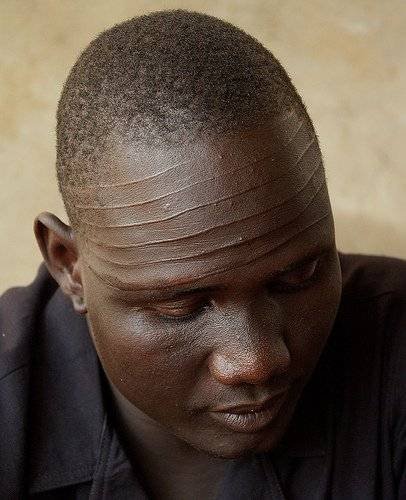
The Gar marking is done by the Nuer people in South Sudan and southwestern Ethiopia. Scars are usually unique within each tribe, nonetheless, the most common include the men having six parallel horizontal lines across the forehead with nose indentation and the women usually adorned with dotted patterns across their skin.
Bétamarribé
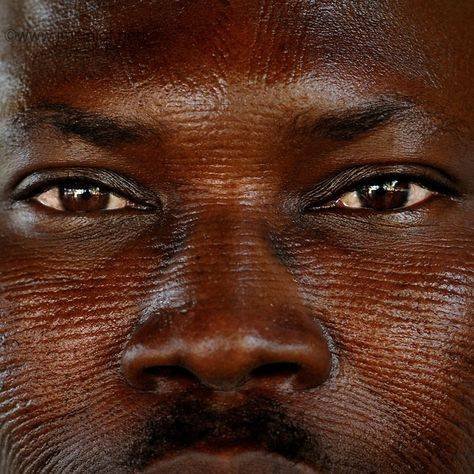
Usually performed on girls from Benin, these tribal marks consist of a grid pattern on the face. It is said that the marking is to suggest plant growth; which is a metaphor for child-bearing and the well-being of one’s household.
Bor Dinka tribal mark
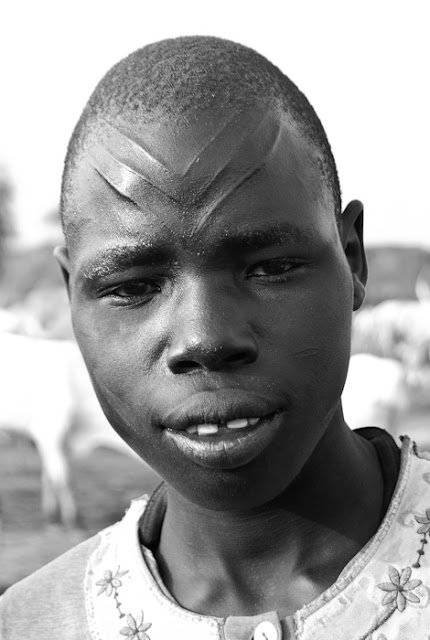
This mark is indigenous to the Bor Dinka people of South Sudan. It is said that this marking was used as an indicator of a male child belonging to a particular lineage.
Dinka

The Dinka tribe comprises of many ethnic groups and each practice unique religions. They inhabit the East and West Banks of River Nile, from Mangalla to Renk, regions of Bahr el Ghazal, Upper Nile and Abyei Area of the Angok Dinka in South Khordofan of Sudan.
Their tribal marks are comprised of several lines carved on the forehead on each side ultimately forming a V shape. This is done to signify the transition from a boy to a man; if the boy screams or shows signs of being in pain, he is characterized as being weak.
Woodaabe
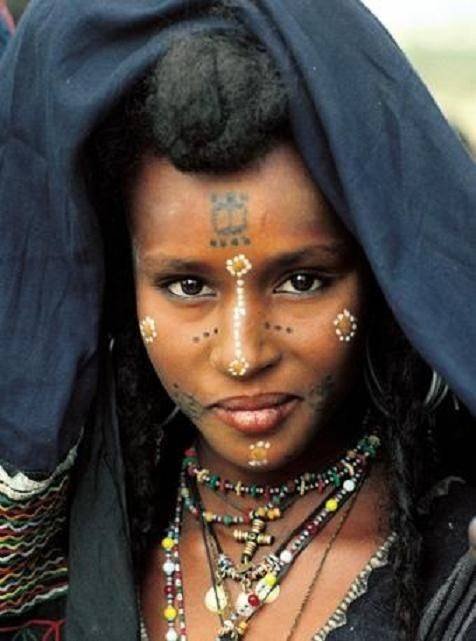
The Woodaabe, Mbororo, or Bororo tribe are a sub-group of the Fulani tribe. The women adorn various patterns of tribal marks on their face which are then dyed to enhance the scar’s appearance. It is said that the marks are to block evil spirits and for beautification purposes.
This is not an extensive list of the unique body markings performed throughout the continent. Nevertheless, it is important to note that though these traditions have a significant meaning, they are becoming less important in many tribes especially because it is done at an early age.
Some countries are beginning to impose fines and jail time for those who perform body markings. This is said to be done to protect the welfare of children.
